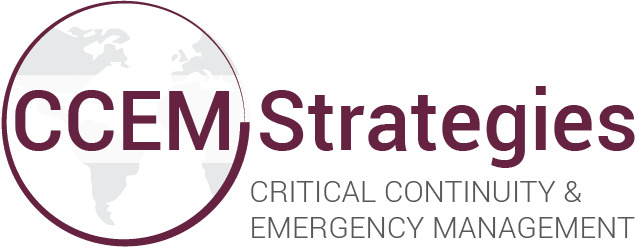Over the years, organizations, such as the Federal Emergency Management Agency (FEMA), have determined that using social media during large-scale disasters and emergency events is significant — emphasized in their recent Social Media in Emergency Management course.
Does your organization use social media to communicate disaster responses during an emergency?
Many have become increasingly comfortable and proficient at navigating social media channels, so it’s no surprise that organizations are also including social media in their emergency management communication strategies.
In today’s digital world, social media is used as a tool to share news, offer guidance, increase social awareness, organize relief efforts and attract donations during and after catastrophic events. Social media is also used to document information and to assess damage after a large-scale disaster.
A published study on the Rapid Assessment of Disaster Damage Using Social Media outlines how a “multiscale analysis of Twitter activity before, during and after Hurricane Sandy” was used to determine whether social media data can help assess damage and response after a large-scale disaster event. By examining online responses from 50 metropolitan cities in the United States, the authors determined there is a strong connection between the “proximity to Sandy’s path and hurricane social media activity,” illustrated by the intensity and composition of Twitter’s message stream. The study reveals that social media is a “viable platform for preliminary rapid damage assessment in the chaotic time immediately after a disaster.” With the increase in use of technology, this study exhibits how social media can be used by first responders and emergency managers to obtain information and coordinate emergency response efforts.
Aligned on the benefits of using social media during a disaster, The Canadian Red Cross commissioned a study and found “more than 60 per cent of respondents use social media networks on a regular basis.” Beyond disseminating news and information, organizations can also use social media data to assess the impact brought on by emergency events.
And, it’s important to note — in the ‘instant information’ age, technology can often lead to misinformation. Staying up-to-date on social networks, organizations have the visibility to get information about disasters first-hand, from people in the area, news outlets and government agencies. Managing social media for emergencies now plays a vital role in disaster response.
At CCEM Strategies, we offer organization’s guidance on how to implement effective social media programs and emergency management strategies.
Need advice on how to include social media in your communication and emergency plans? Please contact us today to learn how your organization can utilize social media and implement best practices in your emergency planning, response and recovery plans.

